American Persimmon Tree – Diospyros Virginiana – 2 Gallon Pot
$59.97 Original price was: $59.97.$41.98Current price is: $41.98.
SKU: D2LSC 6315358781 Category: FRUIT TREES & PLANTS
- Get the Best for Less
- No-Questions-Asked Returns
- Effortless Shopping, Quality Products
- 7 days free returns

American Persimmon Tree
Diospyros virginiana
NOTE: As with all of our other plants and trees, all of our fruit plants are grown in containers outdoors so they are fully rooted and landscape-ready upon arrival.
Plant Details
USDA Plant Hardiness Zones: 4a-9b Find Your Zone
Plant Type: Deciduous Tree
Pollination: Sometimes self-pollinating, but best to have a male and female variety
Height at Maturity: 30’+
Width at Maturity: 20′ or so
Spacing: 30’+ for space between trees
Spacing: 30’+ for space between trees
Growth Habit / Form: Upright, Rounded
Growth Rate: Very Fast! Several feet per year
Flower Color: White
Flowering Period: Spring-|Late Spring
Flower Type: Single
Fragrant Flowers: No
Foliage Color: Medium to Dark Green depending on soil pH
Fall Foliage Color: Yellow
Fall Foliage Color: Yellow
Fragrant Foliage: No
Bark Color: Salmon, Cream, and White shades
Sun Needs: Full Sun or Mostly Sun
Water Needs: Average, lower when established
Soil Type: Clay, Loam, Sand, Silt – Fertile
Soil Drainage: Well Drained Moist to Wet!
Soil pH: 5.0 – 6.5
Maintenance / Care: Low
Attracts: Visual Attention, Birds
Resistances: Birch Borers, Deer – more info, Disease, Heat, Humidity, Moderate Drought, Wet Soils
Description
An easy-to-grow North American native tree, the American Persimmon not only produces very sweet and tasty fruit, its beauty, form and colors make it a fine candidate for use in the ornamental landscape.
The American persimmon was relished by Native Americans, but has never been embraced as a commercial fruit crop because some cultivars are too soft for commercial shipping. The American Persimmon is similar in many ways to the Asian Persimmon, but the American Persimmon is more cold-hardy, with some cultivars hardy to Zone 4. It is also softer than the many Asian cultivars but has a richer flavor. A perfectly ripe Persimmmon can have a taste like caramel with hints of tangerine and heavy cream with a texture like a dense, rich custard. American persimmon is also higher in nutrients like vitamin C and calcium than its Asian counterparts. Persimmons can be eaten fresh, dried or cooked into pies, cookies and cakes and also used to make delicious persimmon jellies and jams. Native Americans used them in gruel, cornbread and pudding.
Persimmon trees remain dormant longer than most fruit trees, and blossoming is relatively late in the season and rarely damaged by late-spring frosts. The American Persimmon is a wonderful addition to the home landscape. The showy orange fruits and leathery green leaves that turn to showy shades of purple in fall are the most notable ornamental attributes. If one of your goals is to attract and feed wildlife, there are many bird species and animals, such as squirrels, raccoons and possums, that will thank you for planting a persimmon tree.
American Persimmon fruits are high in soluble tannins until they are thoroughly ripe. Unripe fruit is astringent, but ripened fruit is sweet and delicious. Ripe American persimmon fruit typically falls to the ground around the tree when it is time to harvest, usually in September.
Sometimes persimmon trees are self-pollinating, but if you surely want fruit you’ll need to have a female tree and a male tree either on your property or nearby. Unfortunately, you can’t tell a male or female tree just by looking at the seedlings. You have to wait 5 to 10 years to see what kind of flowers it produces and/or if it produces fruit. That means you either have to plant a bunch of seedlings and hope that some of them are females, or you need to find a grafted tree, which would ensure that you get a female tree.
Note: As with all of our other plants and trees, all of our fruit plants are grown in containers outdoors so they are fully rooted and landscape-ready upon arrival.
Landscape & Garden Uses
Growing 30 feet or more in height and 20 feet or more wide, the American Persimmon is a small tree ideal for use as a specimen or in groupings in landscape or garden beds. A must-have tree for wildlife gardens and a fine addition to native plant gardens, edible gardens, cottage gardens and orchards.
Suggested Spacing: 30 feet apart for space between trees
Growing Preferences
Being a North American native tree, the American Persimmon is exceptionally easy to grow in a moist but well drained soil of average or better fertility. Established trees are quite drought tolerant though will appreciate a consistently moist soil when there is fruit on the tree. Maintenance is minimal with no pruning necessary.
Plant Long & Prosper!
Meet The Wilson Brothers & Staff
Questions? Contact Us!
Be the first to review “American Persimmon Tree – Diospyros Virginiana – 2 Gallon Pot” Cancel reply
Related products
Sale!
FRUIT TREES & PLANTS
Sale!
FRUIT TREES & PLANTS
Sale!
FRUIT TREES & PLANTS
Sale!
FRUIT TREES & PLANTS
Sale!
FRUIT TREES & PLANTS
Sale!
FRUIT TREES & PLANTS
Sale!
FRUIT TREES & PLANTS
Sale!
FRUIT TREES & PLANTS



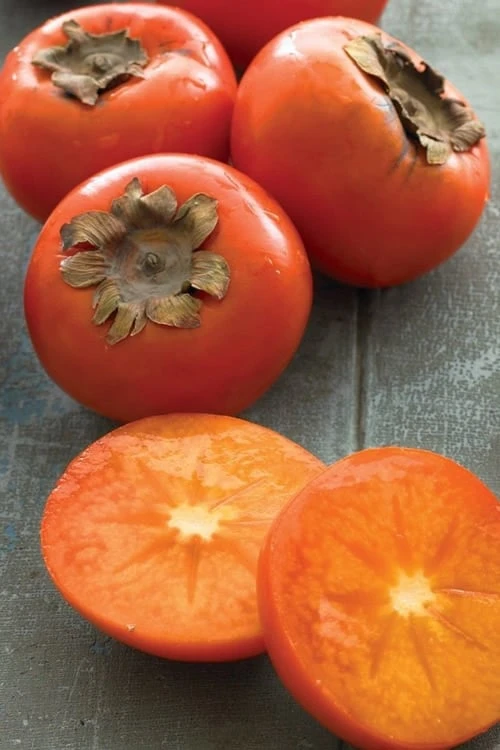
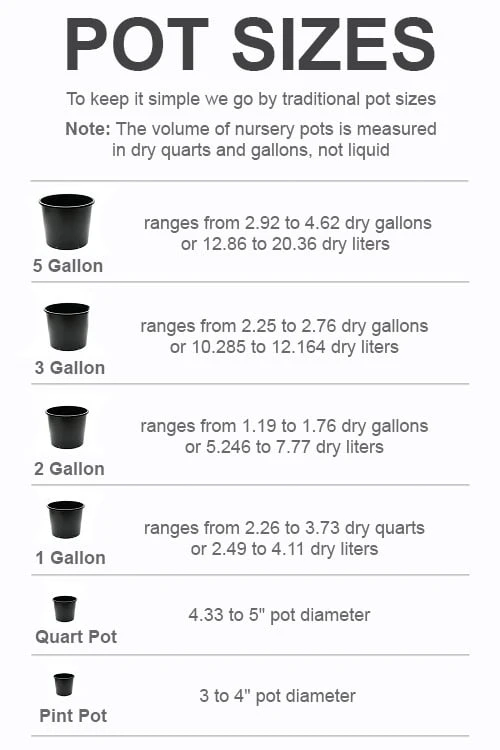
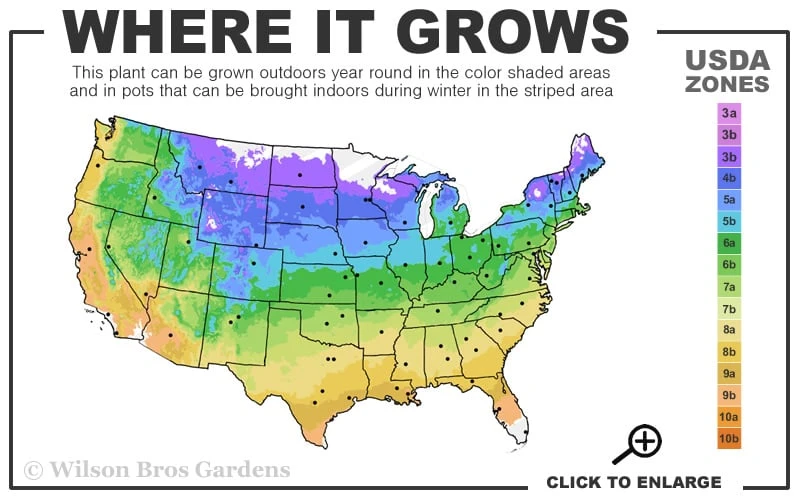
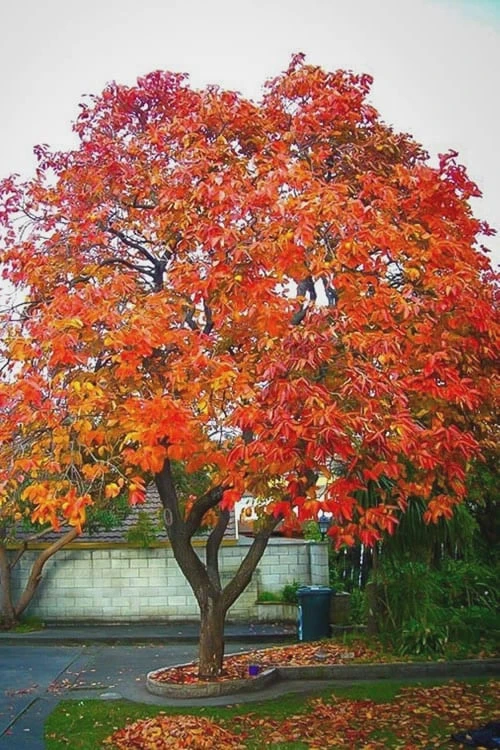
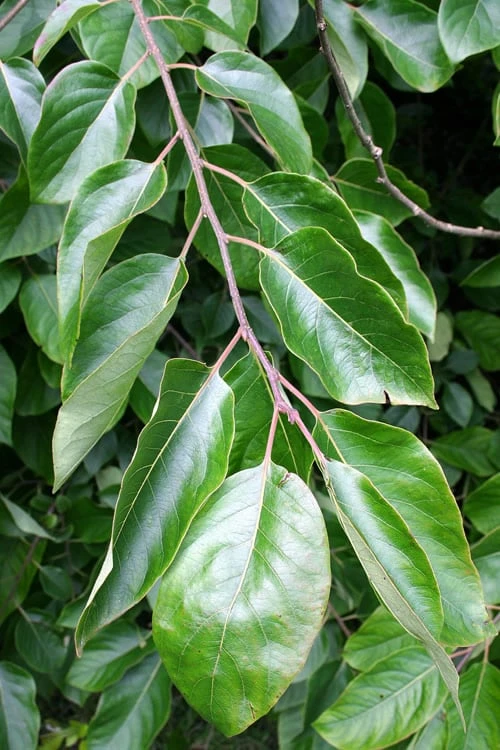
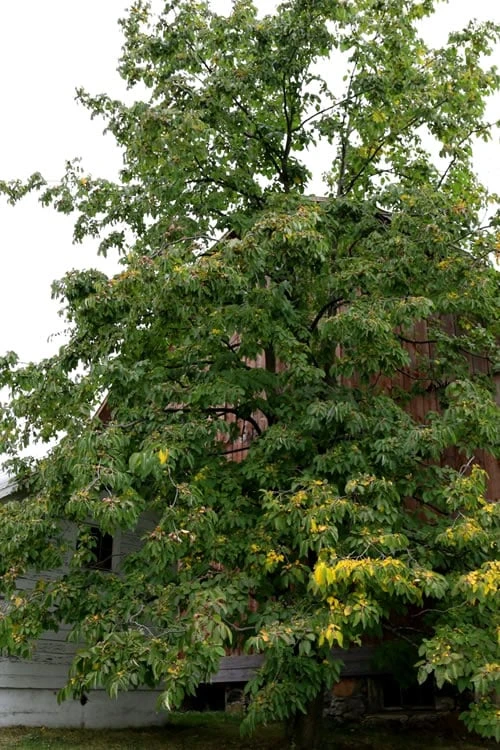
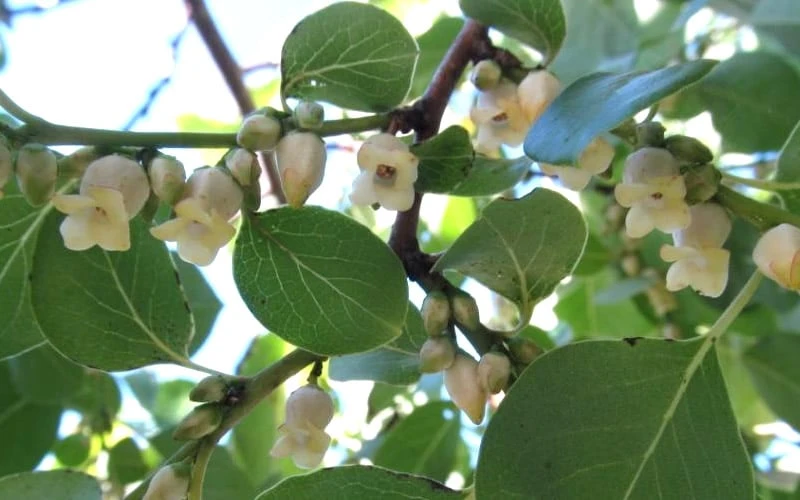
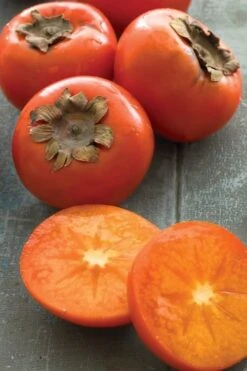

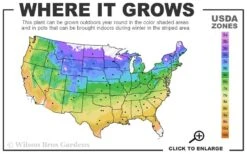
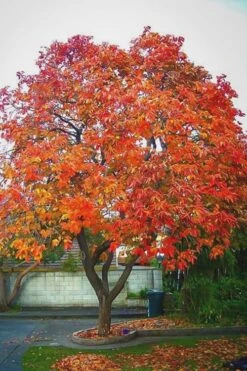
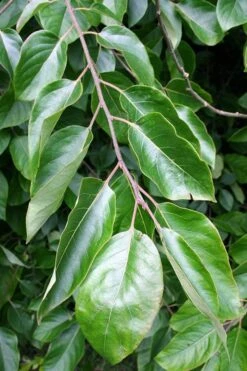
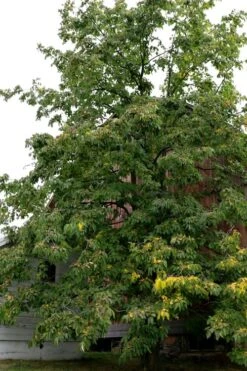

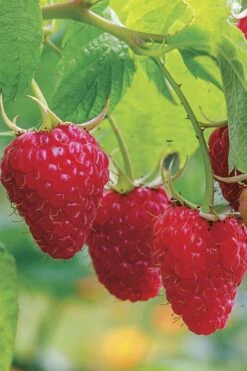
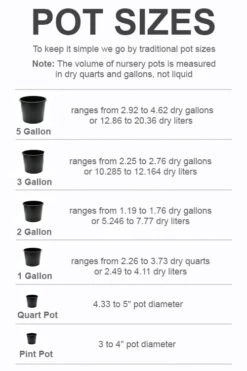
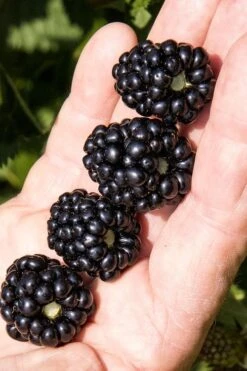
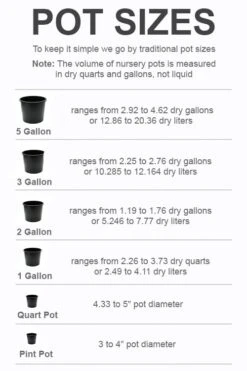
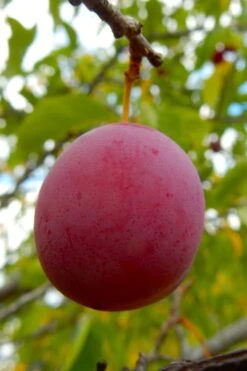
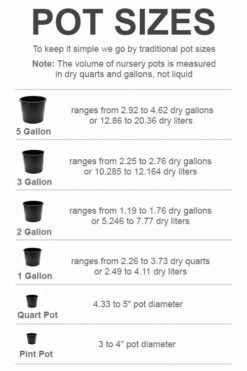
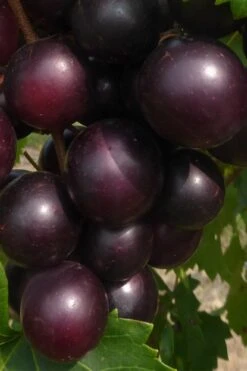



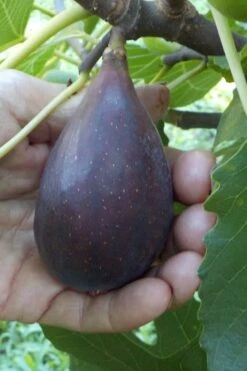
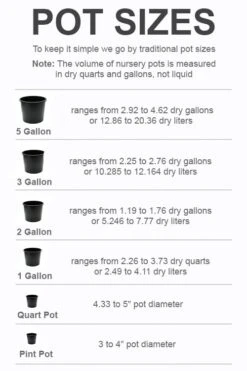

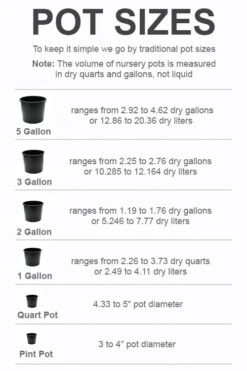


Reviews
There are no reviews yet.